But that became pretty much the single track ONLY after I moved to a reasonable altitude.
For most of my early airgunning history I lived near Mexico City (8,000 FASL), and hunted in the surrounding mountains (10,000 FASL). A spring-piston guy I WANTED to be, but couldn't.
So, between 2001 and 2010, I developed several interesting PCP's; from hunting Steyr's (bases for the later "HP" models), to highly sophisticated Talon SS's.
One platform provides the exquisite precision of Austrian gunmaking, the other provides a superbly simple device with huge potential under a proper understanding of the in-line valve so seldom encountered in commercial airguns.
It also helped that I had, and have, personal connections to the CEO's and Inventors of both guns, LOL!
Anyway, the usual disclaimer:
Modifications made to the gun in this blog entry were made by knowledgeable professionals, do NOT attempt to replicate. They proved safe in the specific gun in question.
NO WARRANTIES, expressed or implied are given with this publication, if you modify your gun, you are responsible for the modifications and their consequences.
No "fit for purpose" guarantees are made and the responsibility of proper function remains with the manufacturers and importers of the specific products herein reviewed.
So, with that out of the way, let's get to the System:
The Rifle
After some time using it in an OEM configuration, I started adding/deleting things; from baffles to a "High-Flow" valve, to the infamous, and completely useless, safety.
When a friend asked for a custom build to yield 50 shots at 35 ft-lbs with a single 200 BAR's fill, was when I discovered the true potential of the in-line valve.
And then the Mid-Flow valve came into being.
A valve that was designed to CLOSE ITSELF upon reaching a specific flow rate.
Now ¿Just what is a "Flow Rate"?
Well, the definition we apply here is best exemplified in this diagram:
In essence, a valve that closes itself upon reaching a defined Flow Rate (Q) means that the valve closes when the speed of the fluid (air in this case) through the conduit reaches a certain point.
And so, if you have the same speed of the air flowing into the barrel behind the pellet, it stands to reason that the velocity of the pellet at the exit of the barrel also has to be the same every time.
In reality, there is nothing perfect, but this simple arrangement is pretty close. There are no moving parts, no regulator, the pressure itself behind the air in the reservoir is the main closing force (the valve uses a very weak "starting" spring for the closure), but the true force of closure comes from the pressure in the tank. More pressure creates a quick closure, less opening time, but because the whole thing is triggered by the flow rate, it is very consistent in the MV. Standard deviation for 10 and 30 shot strings at 850'ish fps was 3 fps.
AND, to improve on things, the Power Wheel in the rifle ACTUALLY becomes a working control.
To give you a few examples:
With a 12" L-W barrel in 0.22" cal, the short rifle yields:
34 ft-lbs with the Power Wheel at 4:3 and Baracuda Match (21.1 grs. pellets)
At 6:3, the gun yields 36 ½ ft-lbs with still a good shot count.
Using JSB Monsters (25.4 grs), with the PW at 4:3 it yields 34½ ft-lbs
At 6:3, it yields 37¼ ft-lbs
At 8:8, it yields 39½ ft-lbs. And then it settles into the strongly diminishing returns section.
I decided to settle on 853 fps average MV, getting 55 perfect shots at ± 3 fps of standard deviation. The gun uses 26.2 cc-BAR / Ft-lb so it's not extremely efficient, but it is not a bad number for the power level.
The forend was taken from an old Benjamin, and the pistol grip was carved by a friend in Argentina. What you see strapped to the front section is the remote control for the laser rangefiding scope. Yes, that "small" scope is a laser rangefinding scope with quite impressive capabilities, but more on that later.
Accuracy wise, the gun seems to perform better with the H&N Baracuda Match, this being a typical test target:
In the old days, the barrel liked very much the 18 grs Jumbo, but I am out of those for the moment.
Not bad at all for a 33" carbine with a 12" barrel that weighs in at 7# 10 oz WITH the laser rangefinding scope and the remote control.
The scope
Scope is made by Opteck, a company based in Canada, and the scope is a peculiar unit.
Laser rangefinder is specced to provide readings between 10 and 750 meters, which makes it ideal for airgunners. It also is a relatively simple device because it does NOT have neither elevation nor windage adjustments.
In order to keep everything simple and as weather proof as can be (scope is rated IPX6), there are as little external perforations as possible. So, how do you manage?
Answer lies in the smart base. The BASE is adjustable for windage (60 MOA) and elevation (90 MOA).
Now, BOTH adjustment dials are on the sides. AND they follow the Central European method of stating where the impact IS, not where you want the impact to MOVE TO. But, once that is understood, adjustments are just like any other device.
Scope is 10X32, fixed, with controls for reticle focus and for parallax/image focus. Powered by a single CR123 battery, it is not difficult to keep fed.
An auto-shut-off after 15 minutes works like a charm, and the remote control uses a CR2032 battery.
Distance to the target (the small tree with the white flowers in the picture), angle of the shot (to the right), rifle cant (the two lines appear and disappear as the rifle is canted one way or the other).
Simple, but effective, a lot of information for the long range shooter.
Now, what about the gradation in the reticle? Well, our friends at Opteck put this diagram in IPHY (Inches per Hundred Yards), or "shooters MOA"), but in reality those divisions are metric and are in mrads and halves of mrads:
No other scope can boast of the same rangefiding capabilities.
No other scope can boast of the same IP rating
It combines three ADDITIONAL things that are critical to the long range shooter (and in airguns that is anything beyond 40 yards/36 meters): Slope meter, level, and rangefinder.
Reticle is clear and not too complicated. Personally, I would like a more "informative" reticle, but with the laser rangefinder, that is almost overkill.
Glass is clear and even at 10X, it is not overly dark for a relatively small package.
And it is a lightweight device (under 17 Oz.), when you compare it to the scopes I am used to for FT.
Since I am going to declare war on a band of depredating deer (the little tree with the white flowers is the only one remaining of three that were sown some time ago). I am sure this system will be an important element.
;-)
Keep well and shoot straight!
HM
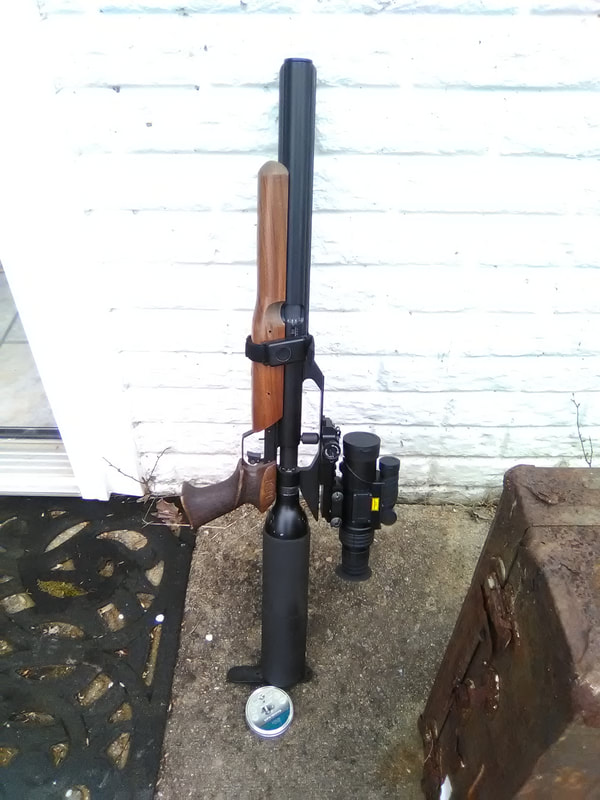
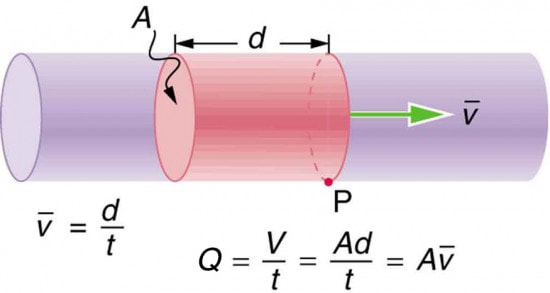
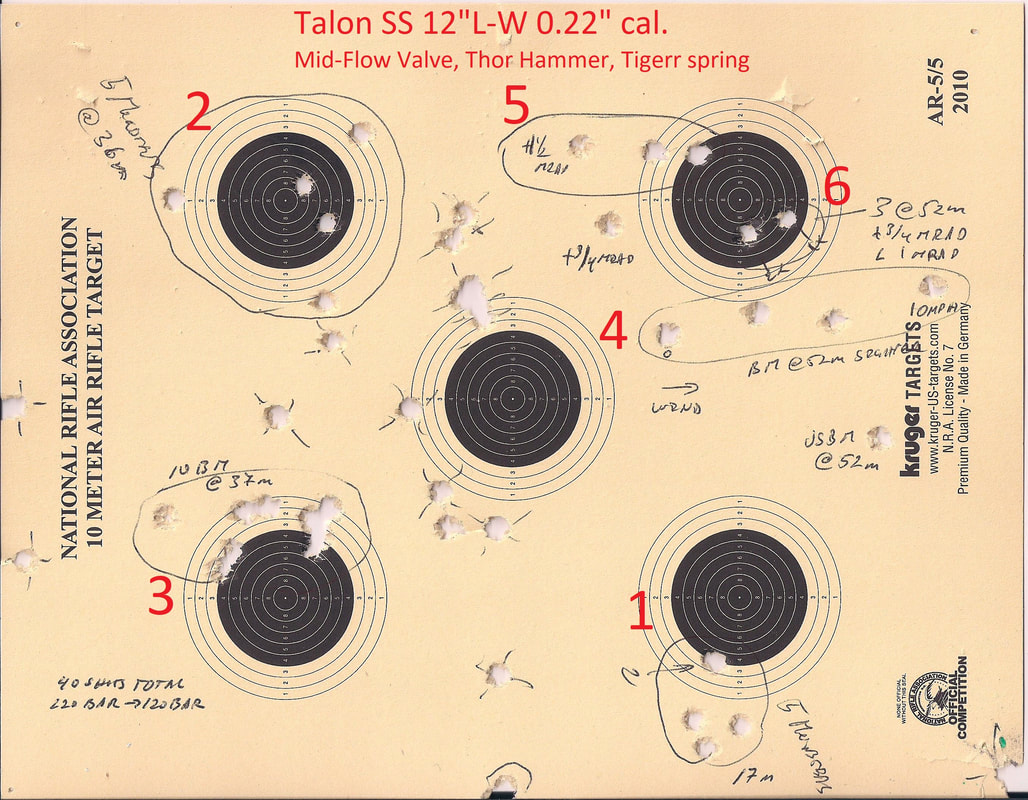
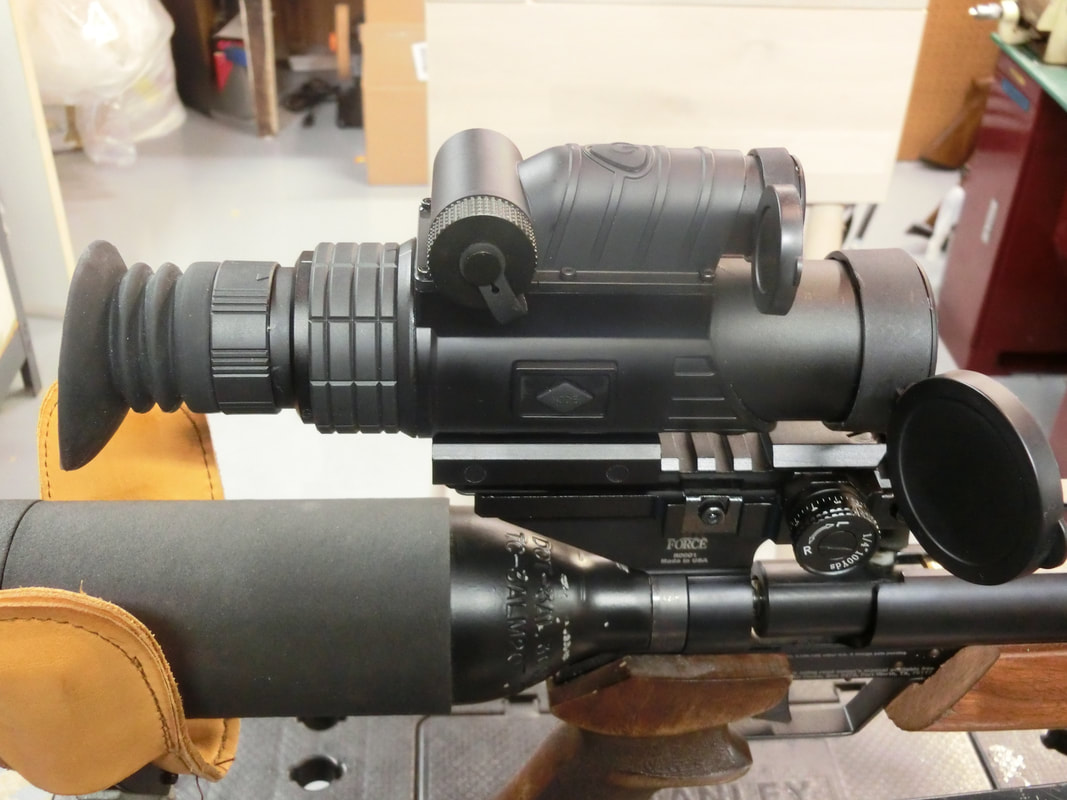

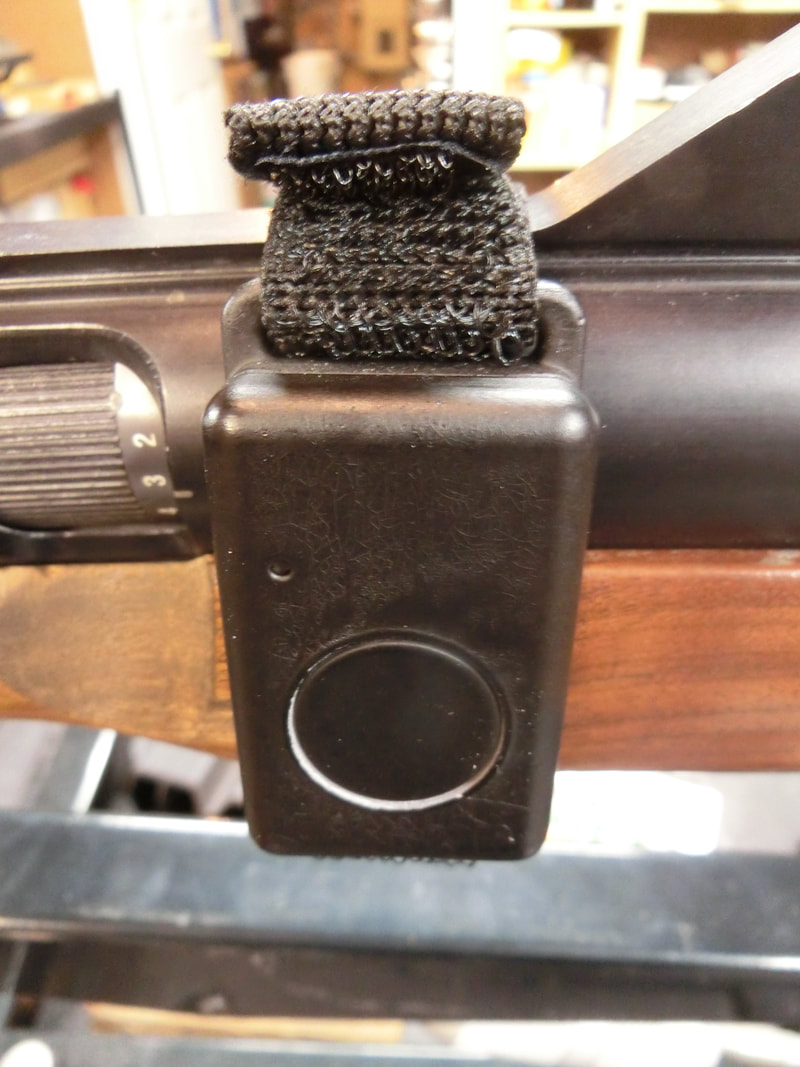
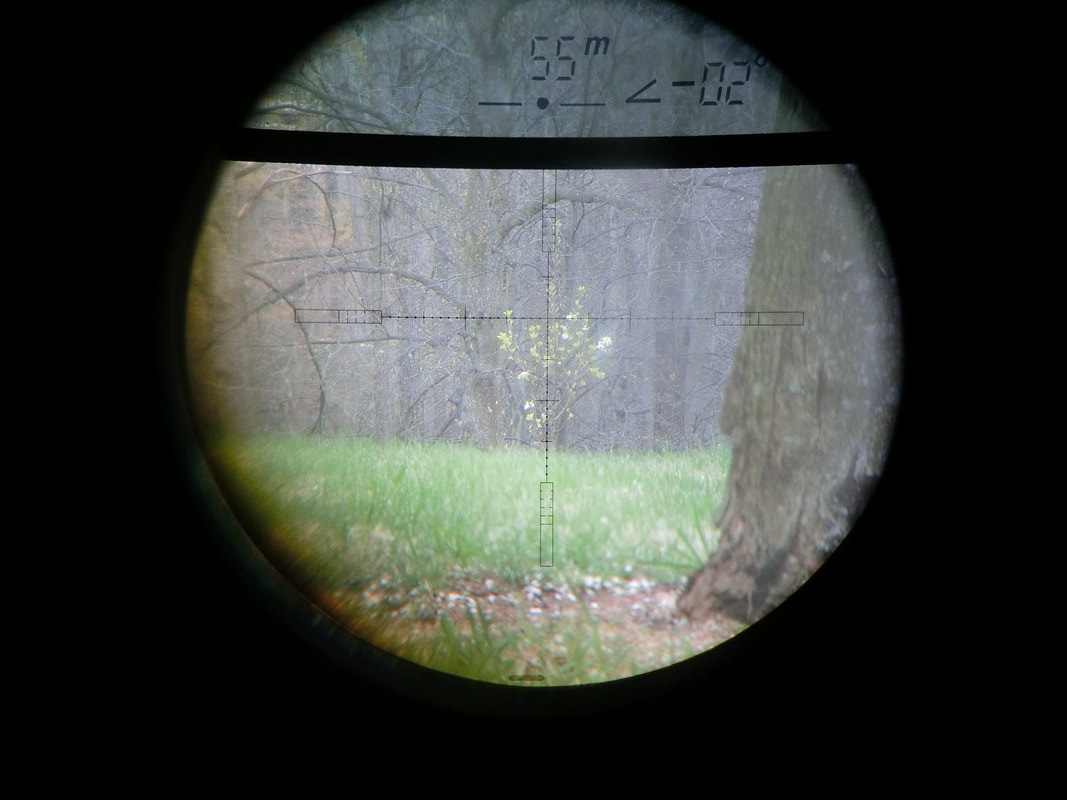
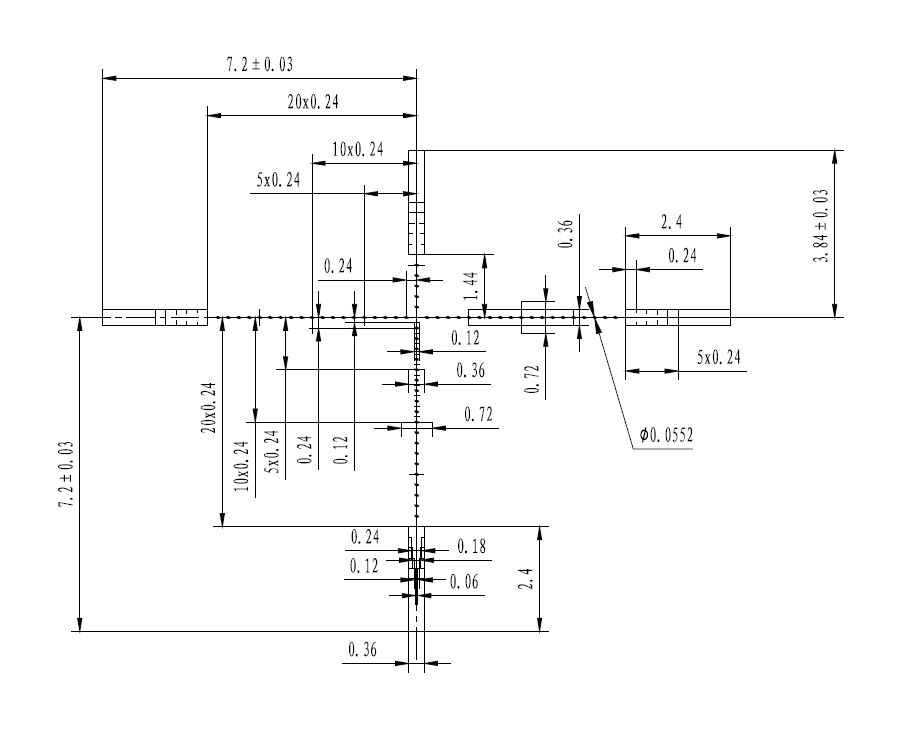
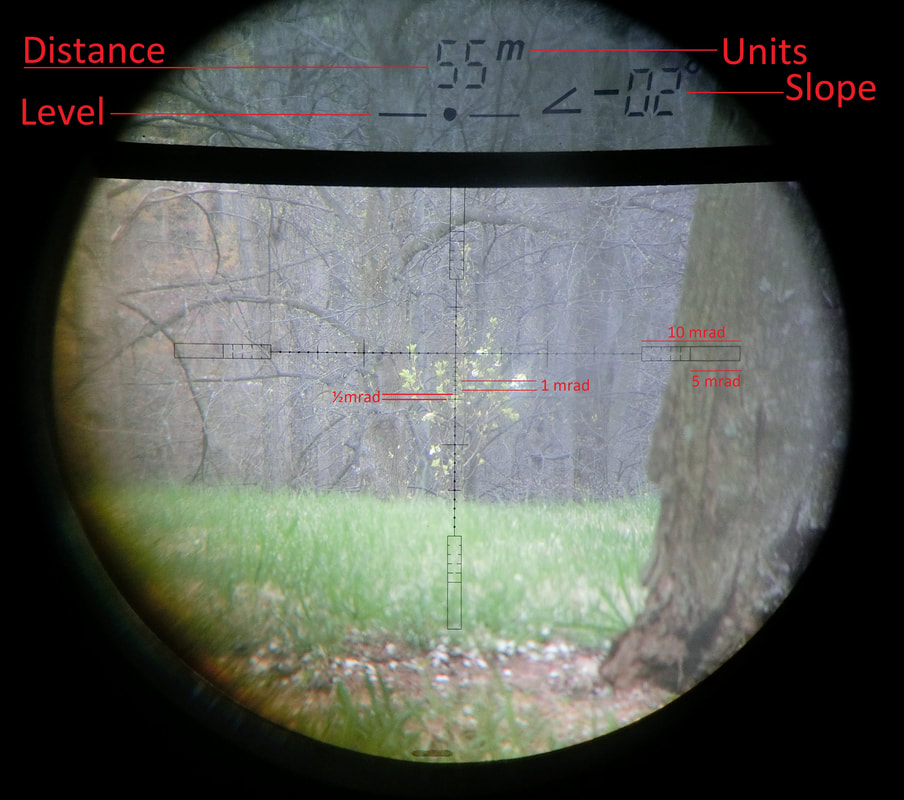
 RSS Feed
RSS Feed